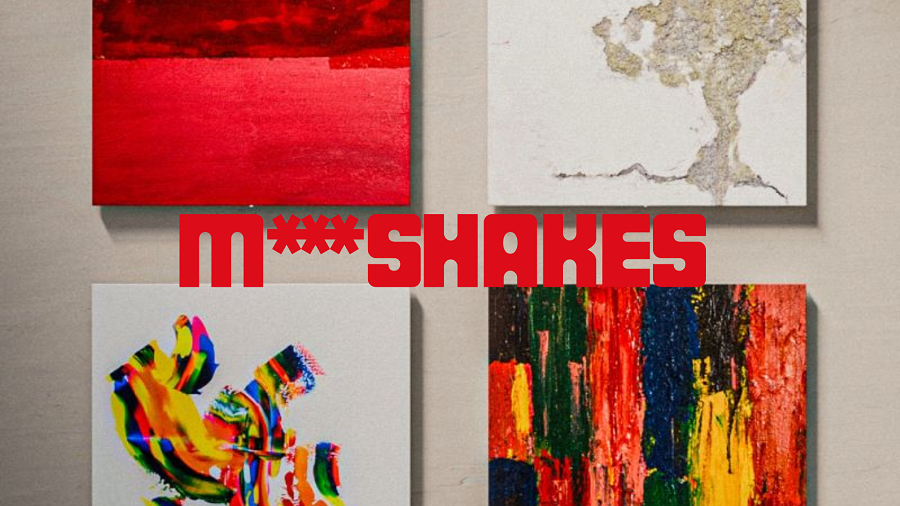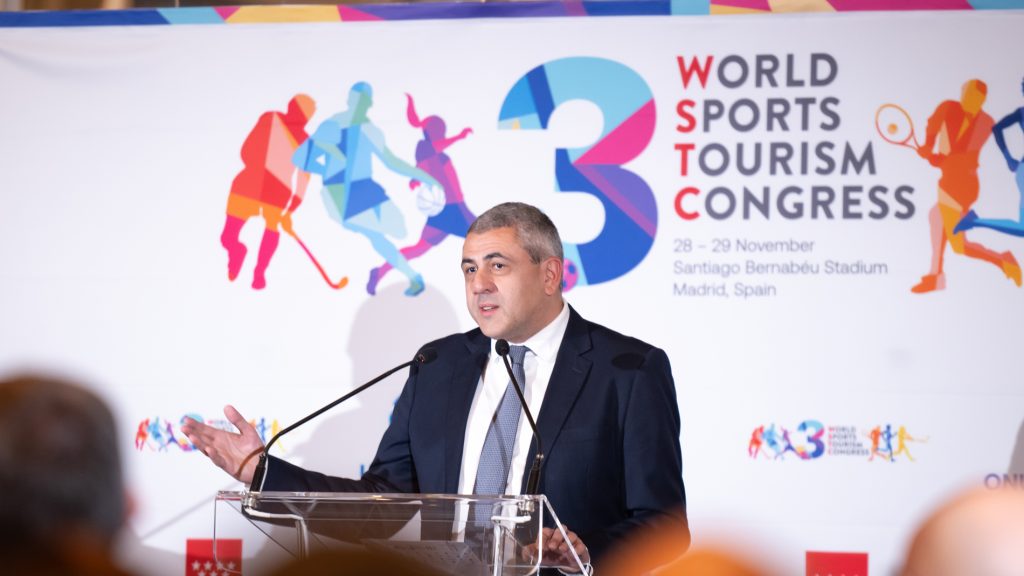Study ‘The Future of Live Communication’ reveals changes on event strategies

Share news
Listen
Hybrid seen as the future. Here as in many other spheres of life, Covid is seen as an accelerator, more than as a deep change. Even before Covid, many companies had started to adapt their events to societal changes (digitalization, sustainability, mobility transition), and Covid-19 was the booster for the development, professionalization and acceptance of virtual communication formats. Today, hybrid events are seen as the future by these large companies. “Hybrid events are the ‘new normal’ that will ensure an appropriate approach to the media and the general public across all channels,” says Alexandra Landers from BMW Group. “When a live event takes place these days, one of the first questions attendees ask is, ‘What virtual/digital options do we have?’” (Gödert, BASF SE)
… but emotion is still about live experiences. This won’t be a surprise: clients agree that emotion and the “goose bumps” felt during live events are indispensable for brand experiences. “Real driving experiences and haptic product impressions cannot be experienced online,” says Alexandra Landers, BMW Group.
Digital formats require innovation, and budgets. Audiences are demanding, and Zoom is not enough anymore. The content presented in digital formats must be more appealing and more entertaining. Customers want new technologies such as virtual worlds, holograms, and xR/VR/AR. It is also clear that digital and hybrid event concepts require more qualified content. As a consequence, virtual and hybrid formats end up supposing an important investment if they are to create engagement. “Hybrid events are very complex and technically demanding from a conceptual standpoint, and thus tend to be more expensive”, says the report.
And this know-how is increasingly handled in-house. Several companies set up their own film/TV studios for hybrid events, live feeds, panel discussions or forums, or even virtual shareholder meetings. High quality was ensured with the help of external service providers from the film/TV sector.
Customers have adapted their marketing/communications organizations. Here too, Covid was mostly an accelerator: in many cases structural changes that had been strategically initiated prior to the Covid-19 pandemic were accelerated, with leaner structures and optimized processes. Typically, the following modifications were implemented:
- Previously separate organizational units (e.g marketing, communications, PR, press) were consolidated. “Previously there were the classic Event, Trade Show, Service etc. departments, but the boundaries were blurred and new teams established that each had trade show, event, editorial and streaming specialists or producers, which had a positive effect on the networking opportunities”, says Stefanie Winter, Siemens AG.
- Individual responsibility for specialists and managers was increased, so they could adapt to the context and make the necessary changes with more agility (e.g. in partner selection or content development). Depending on a long validation process just won’t work anymore.
- Increasing flexibility: companies are shifting from rigid process workflows (e.g. for pitches/awarding contracts) to more flexible solutions.
- Agile projects. In a VUCA world, it is no surprise that classic project organization is seen as too inflexible for continuous adaptation to new requirements, so companies now rely on agile project management in their live communication activity.
- Unsurprisingly, lead times are becoming shorter (VUCA, pandemic…). Depending on the pandemic situation, there is additional uncertainty as to the form in which an event can actually be held and in what form (real live, digital, hybrid). Conventional complex procedures for awarding contracts via lengthy pitch procedures and decision-making processes at multiple levels are no longer appropriate. Simplified awarding procedures and the inclusion of partners in the development of event concepts from the outset, e.g. via joint workshops between the client and the agency, could better focus the classic pitch process to target the objective more precisely.
Event portfolios and particularly trade show portfolios are redefined. Small (and precise) is beautiful: the number of events is reduced; target groups are specified more precisely; focused events are favored over broad-based mass events; event sizes are optimized; venues are scaled back, as the hybrid extension of events enables target group members to be reached digitally.
New skills and new partners. The search for partners also takes place outside the live communication sector: social media, influencer marketing, branded entertainment, gaming platforms, fashion and lifestyle platforms, virtual worlds. Google or Facebook might also be possible partners. This requires constant screening by both customers and agencies. Yhis search for new talent is especially acute since inspiration will be also sought outside the live communication industry (e.g., TV/film, music scene, digital episodes like those on Netflix).
Some key events are being redefined:
- Trade shows change. Exhibitors believe the future is about hybrid trade shows. Physical live trade shows where the companies create a personal, emotional experience for visitors, but visitors who cannot be on site, can participate via complementary digital channels. “After the trade show is before the trade show”: customer contact can be maintained independently prior to the temporary trade show, and the trade show can be extended digitally throughout the year until the next live event.
- … and are substituted by more precise and proprietary events. The strategy of inviting customers to in-house trade shows instead of exhibiting at a trade show where the quality of the visitors is difficult to assess, will be revived. Instead of visiting trade shows with little focus on the target group, companies are also considering new roadshows so that they can meet customers directly on site; the many opportunities offered by digital extension can thus be very usefully leveraged.
- The classic press conference is seen as an obsolete model that will “dissolve” into digital and hybrid formats which enable unlimited reach (of international media) and participation of company spokespersons from around the globe.
- There is an immense demand for employee events after the pandemic, as most staff members were working from home for months, so that they are hungry for direct personal interaction.
- The annual general meeting (AGM) format became a digital event during the pandemic. Due to the need for data security and technical perfection, digital AGMs are associated with relatively high production costs, but offer the options of handling questions with ease, adherence to a specified time frame, and enabling shareholders from abroad or those who can’t or don’t want to travel to participate. As the approval for digital shareholder meetings requires a change in the German Stock Corporation Act, the companies are exercising caution in planning for the next few years.
Agencies must become “media strategy consultants”:
- They will be involved in the development of event concepts at an earlier stage than before the pandemic.
- For the customer, they will act as strategic partners, which means that they will immerse themselves in the customer’s brand/marketing strategy and develop it further in an advisory capacity.
- This partnership will be stabilized by longer-term framework/cooperation agreements.
- They offer customization of communication solutions for the client.
- They have to engage intensively with the customer’s target groups and offer target-group-specific concepts “‘One size fits all’ no longer works with differentiated target groups; formats must be tailored to diverse target groups.” (Stefanie Winter, Siemens AG).
- Agencies must be able to work in flexible configurations for the customer, both as a full-service agency and as a sub-service provider.
Generally, agencies are as relevant as ever, with clients looking for experimental formats, fusion of formats and especially formats with interactive approaches for the participants such as co-creation, collaboration or gamification, linkage of the real and digital worlds.
This great study can be downloaded here.











